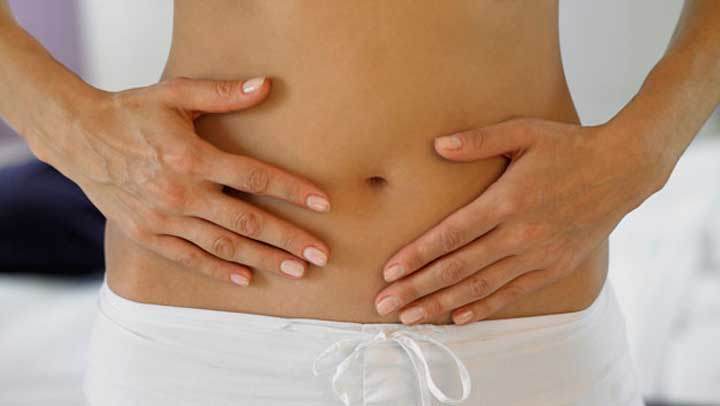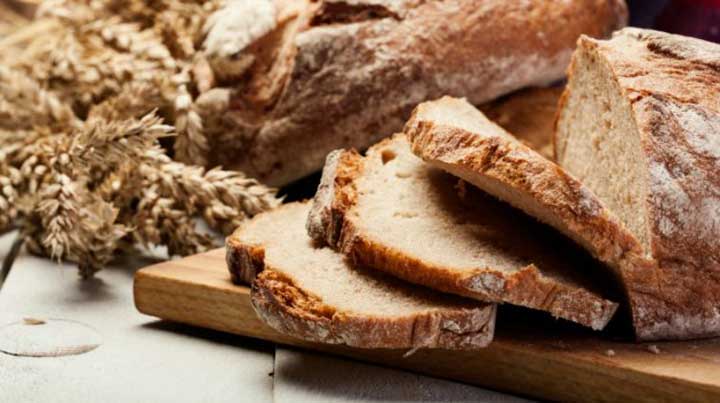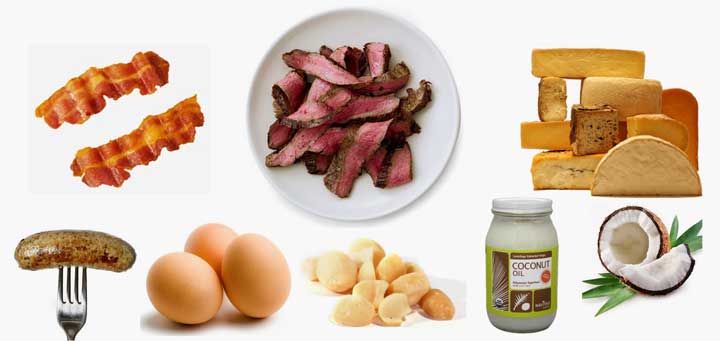Health
A Nutritional Guide For Women Dealing With Polycystic Ovary Disorder (PCOD)
More and more women today are being diagnosed with Polycystic Ovary Syndrome or Polycystic Ovary Disorder (PSOD).
Originally known as the Stein-Leventhal Syndrome, the condition is characterised by an increased level of male hormones (androgens) in women leading to a variety of symptoms and conditions.
A Little Background To PCOD
Researchers suggest a variety of factors that can contribute to the development of PCOD from genetics, to unhealthy eating to extreme stress.
Women suffering from PCOD experience symptoms such as irregular menstrual cycles, growth of excess body and facial hair, infertility and pelvic and/or abdominal pain.
If you have been experiencing similar symptoms for a while, we’d suggest you visit your gynaecologist who may, based on your case history suggest getting a sonography of your abdominal region as well as a complete PCOD profiling (blood tests to look at your hormone, vitamin and haemoglobin levels) done. If you have PCOD, the tests may indicate multiple tiny cysts in your ovaries, enlarged ovaries and unusual hormonal levels.

All doctors agree that there is no cure to PCOD. Because of their erratic hormone levels, women are more vulnerable to obesity, infertility and endometrial cancer as well as to developing type 2 diabetes, sleep apnea and mood disorders.
However, if you’ve been diagnosed with PCOD, it’s not the end of the world. Your doctor will tell you that the condition can be handled by a variety of techniques that will help protect you against the risks you are vulnerable to.
Weight Loss And Diet Management
One of the most important ways to manage PCOD is through the two pronged method of weight loss and diet management.

For women with PCOD, weight management can be a vicious cycle. Because of the hormonal imbalance, women tend to put on weight more easily. However, obesity can further aggravate the hormonal imbalance, leading to more complications.
In order to tackle the weight issues, doctors suggest both exercise and an all-round healthy diet. That seems a bit vague, doesn’t it? We think so too. Take a look at these dietary pointers that are specially tailored for women with PCOD:
Eat Lower Glycaemic Index Foods
The glycaemic index of foods measures how quickly foods cause a rise in blood sugar levels. Since women with PCOD often have high insulin levels and face the risk of developing diabetes, low glycaemic foods can help keep blood sugar levels low.
Low glycaemic foods include brown rice, wheat pasta and whole wheat cereal; essentially, foods made using whole grains. Additionally, most fruits have a low GI, as do sweet potatoes and legumes.
Avoid Sugary Foods
For similar reasons, try to limit your consumption of sugar rich foods like desserts, sweets or even sweet cocktails. Additionally, cutting down on sugary foods can help with weight loss.
Cut Out Saturated Fats
To control cholesterol levels, which also may be affected by PCOD, cut down on your intake of saturated fats, present in whole milk, eggs, butter, cheese and red meat. Again, limiting saturated fat intake can help with weight loss.
Eat Lots Of Fruits and Vegetables
This is important for almost everyone’s diet, but is especially important for women with PCOD. Lots of fibres will help boost immunity and battle any side effects that medication for PCOD may cause.
Drink LOTS of water
Like with fruits and vegetables, everyone should make sure they’re drinking lots of water. However, women with PCOD are more prone to water retention, so should keep sipping on water (8 glasses per day) to flush it out.
A good diet should be paired with a regular exercise program; if women follow this as well as any medication advice from their doctors they’ll be able to limit the effects that PCOD has on their lives.

























